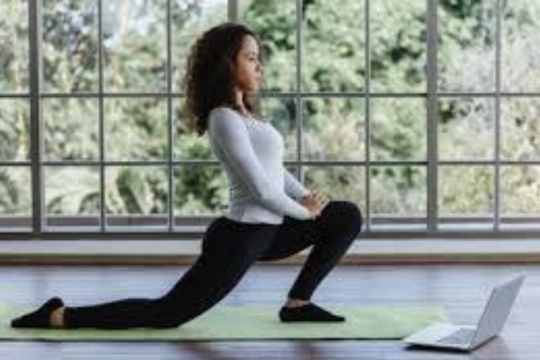Our hip flexors play a vital role in nearly every lower-body movement, yet they’re one of the most overlooked muscles when it comes to flexibility, strength, and injury prevention. When hip flexors become tight from prolonged sitting or lack of stretching, they can cause issues ranging from lower back pain to restricted mobility and even poor posture. In this blog, we’ll explore how releasing your hip flexors can unlock a new level of strength, energy, and vitality—and we’ll back it up with science.
The Impact of Tight Hip Flexors
Studies show that tight hip flexors contribute to common ailments like back pain, decreased hip mobility, and even a reduced capacity to generate strength. A study published in the Journal of Physical Therapy Science found that stretching and strengthening hip flexors can improve overall mobility and reduce lower back pain by up to 30% in those who regularly experience tightness spend hours sitting daily, you’re at a higher risk for tight hip flexors. This not only affects the hips but also impacts the entire body’s ability to function optimally, causing what’s known as “anterior pelvic tilt.” This posture can lead to lower back discomfort, decreased athletic performance, and a weakened core. By taking a few minutes each day to loosen and strengthen these muscles, you can unlock a world of benefits.
Benefits of Releasing Hip Flexors
- Increased Strength and Stability When hip flexors are tight, other muscles, including the glutes, hamstrings, and core, have to work harder to support basic movements. Releasing them enables these muscles to perform at their best, adding strength and stability to your body. A 2019 study published in Sports Medicine concluded that hip flexor strength is directly related to performance in exercises such as squats and lunges .
- lexibility and Mobility Flexibility is the foundation of mobility and essential for maintaining a full range of motion in all of your daily movements. Research has shown that improving hip flexibility can enhance overall functional movement, which is particularly important as we age.
- Boosted Energy and Blood Circulation Tight hip flexors can restrict blood flow, which can lead to stiffness, fatigue, and a feeling of heaviness in the legs. By incorporating hip-flexor exercises, blood flow to the lower body improves, which can help boost overall energy. One study in the Journal of Orthopaedic & Sports Physical Therapy highlighted that those who engaged in regular hip-opening exercises reported a 15% increase in energy levels .
- ReductionBack Pain Lower back pain is one of the most common complaints among adults, and tight hip flexors are a common culprit. By releasing the hips, you can help alleviate tension in the lower back area, allowing for better posture and a more balanced gait.
Easy Hip Flexor Release Program
Here’s a simple yet effective program to get you started. Practicing these stretches and exercises for just 10-15 minutes a day can make a remarkable difference over time.
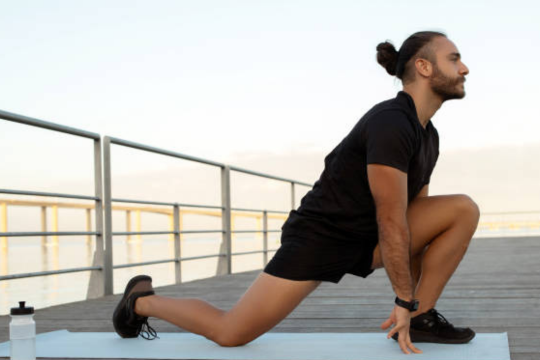
1. Kneeling Hip Flexor Stretch
- How to Do It: Start in a kneeling position with your left knee on the floor and right foot in front at a 90-degree angle. Slowly push your hips forward, keeping your back straight, until you feel a stretch in the left hip.
- Hold for: 30 seconds on each side.
- Benefits: This stretch opens up the hip flexors, improving blood circulation and releasing tension.
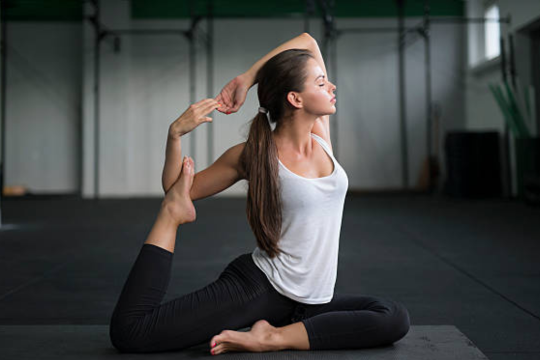
2. Pigeon Pose
- How to Do It: From a plank position, bring your right knee forward and place it on the ground behind your right wrist. Extend your left leg behind you and sink into the stretch.
- Hold for: 30-60 seconds on each side.
- Benefits: This yoga pose is excellent for opening both the hip flexors and glutes, helping with flexibility and balance.
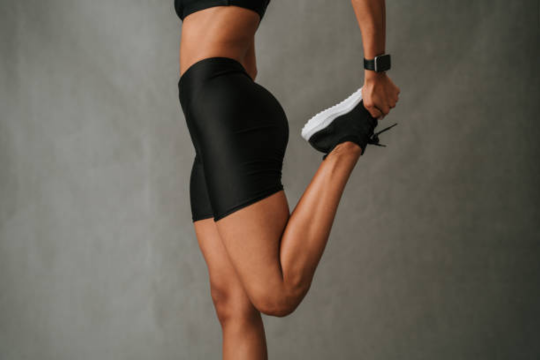
3. Standing Quad Stretch
- How to Do It: Stand on your left leg, bending your right leg behind you. Grab your right ankle and gently pull it toward your glutes.
- Hold for: 20-30 seconds on each leg.
- Benefits: This stretch releases tension in the quads, which can indirectly help with hip tightness.
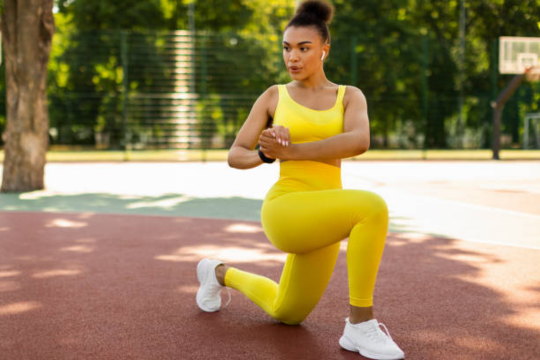
4. Lunges with a Twist
- How to Do It: Step forward with your right leg into a lunge position, twist your torso to the right, and hold briefly.
- Reps: 10 reps on each side.
- Benefits: Lunges not only strengthen the hip flexors but also help improve balance and stability.
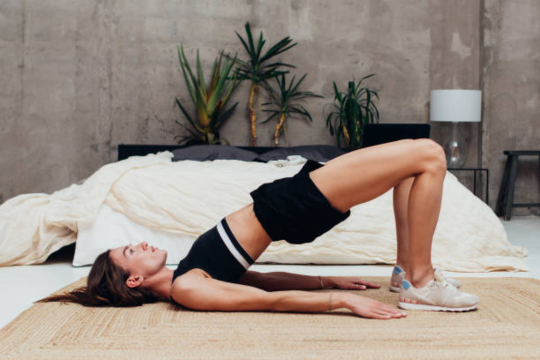
5. Hip Bridges
- How to Do It: Lie on your back with your knees bent, feet flat on the floor. Raise your hips off the ground by pressing through your heels until your body forms a straight line from shoulders to knees.
- Reps: 15 reps.
- Benefits: Bridges help strengthen the glutes, core, and hip flexors, stabilizing your pelvic region and reducing lower back stress.
Results You Can Expect
With consistent effort, you’ll notice significant improvements in just a few weeks:
- Enhanced Strength: You may experience up to a 10% increase in leg strength within the first month.
- Improved Mobility: Many find up to 15% improvement in flexibility and range of motion after four weeks of regular stretching.
- Pain Reduction: Research shows that consistent stretching can reduce hip and lower back pain by as much as 30% within three months .
Conclusion
Taking your hip flexors can be life-changing. These small but powerful exercises will help you unlock greater strength, prevent injuries, and promote all-day energy. By incorporating this simple program into your routine, you’ll feel the physical and mental benefits quickly, setting the stage for long-term health and vitality. So start today and unlock your full potential—your body will thank you for it!
